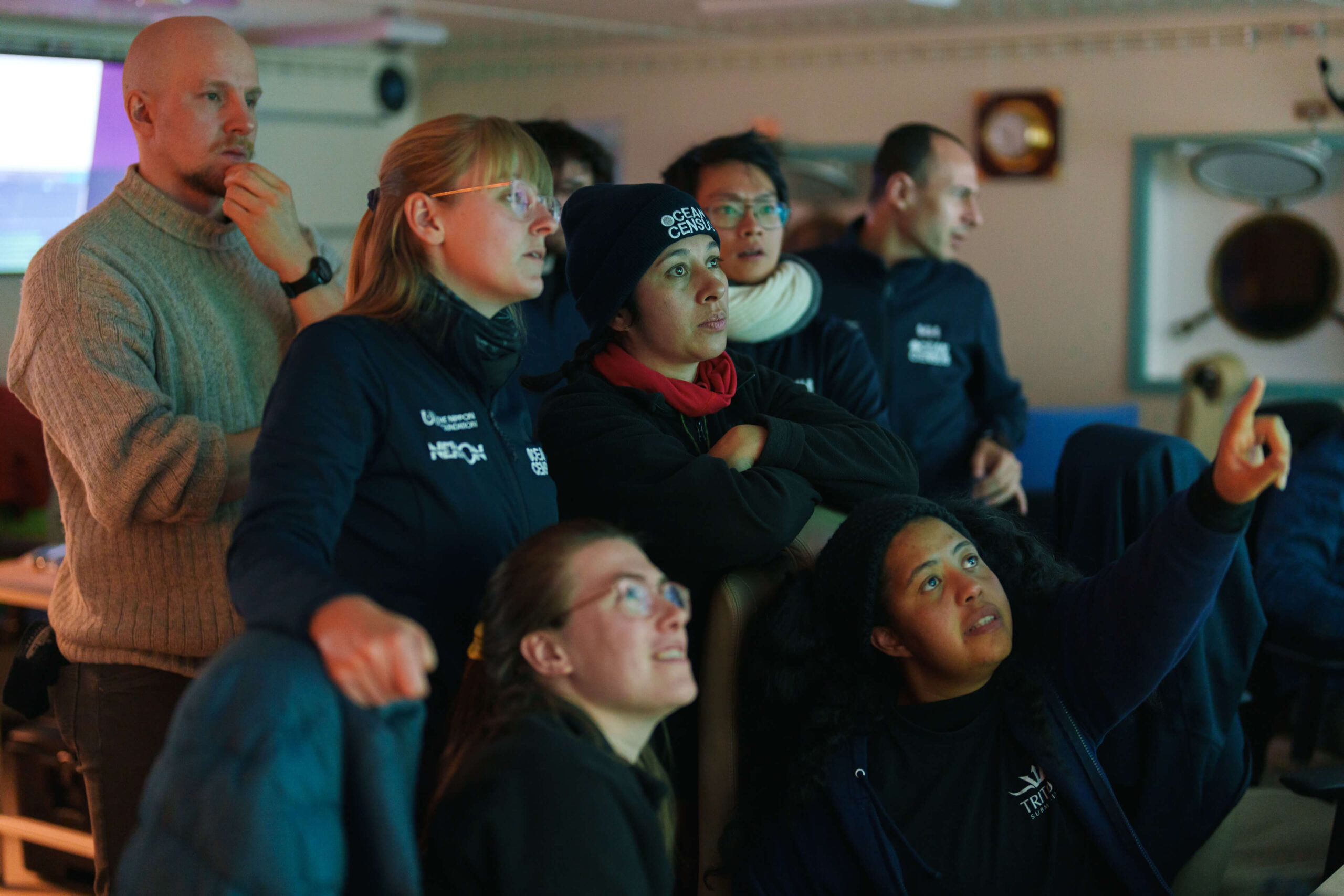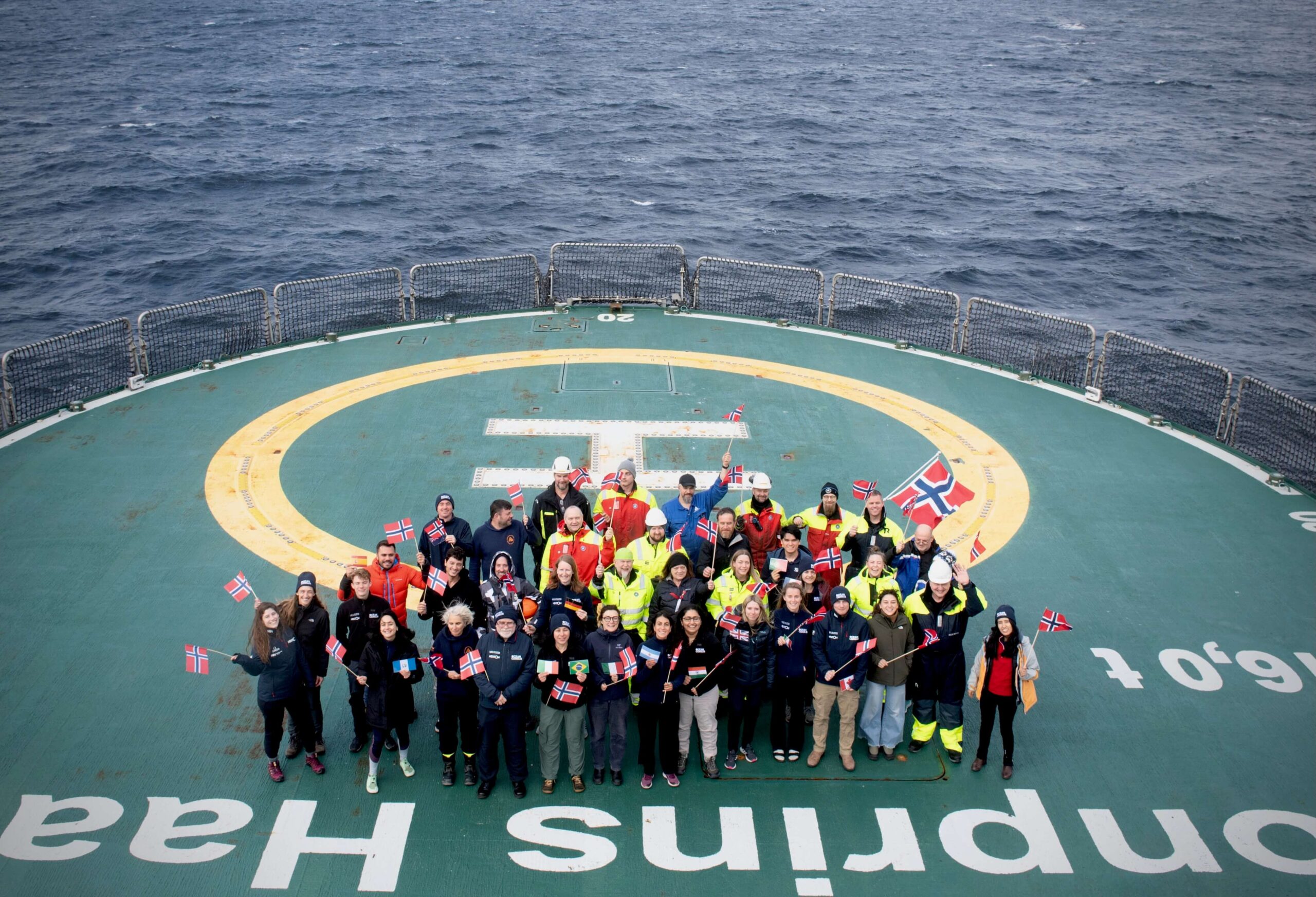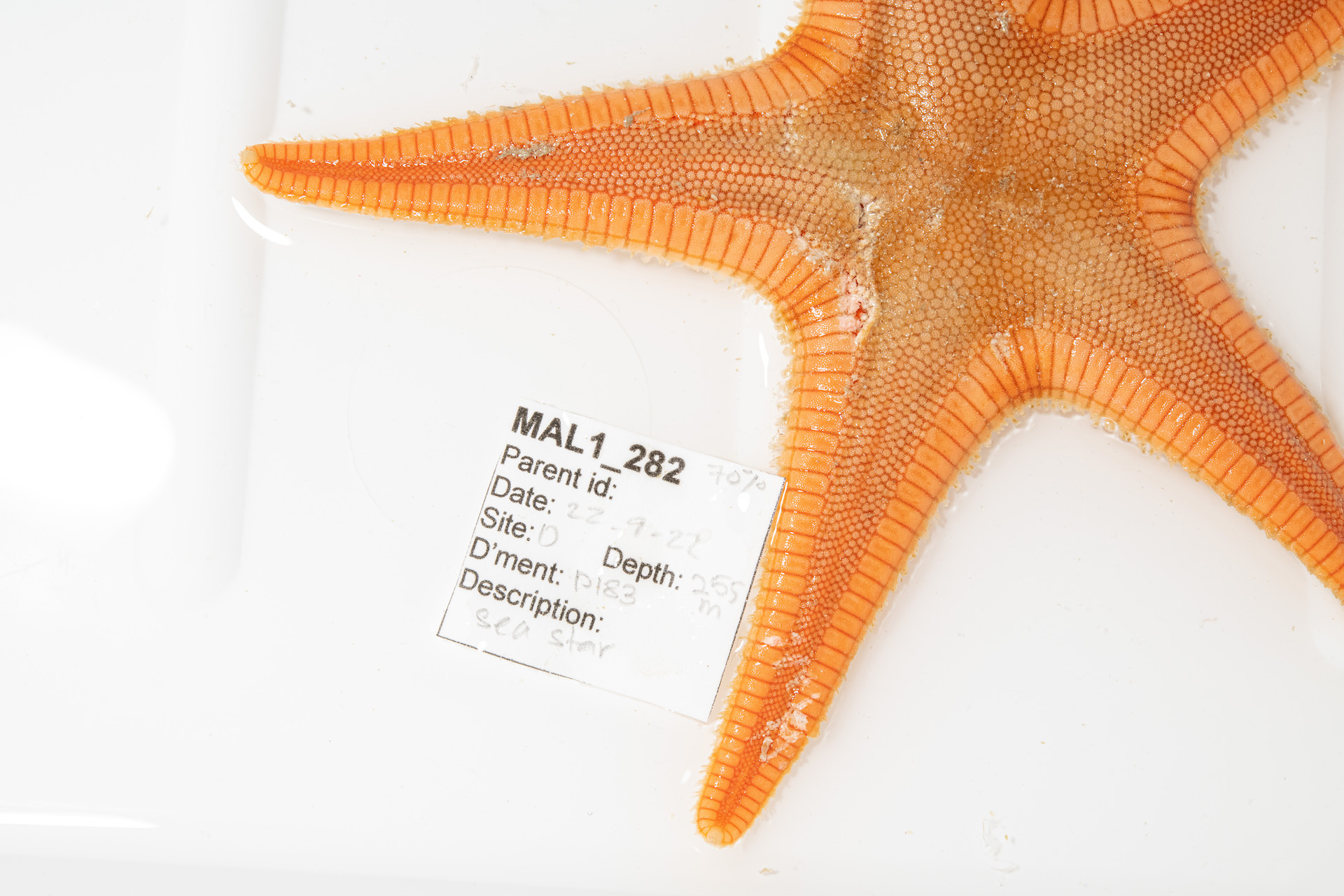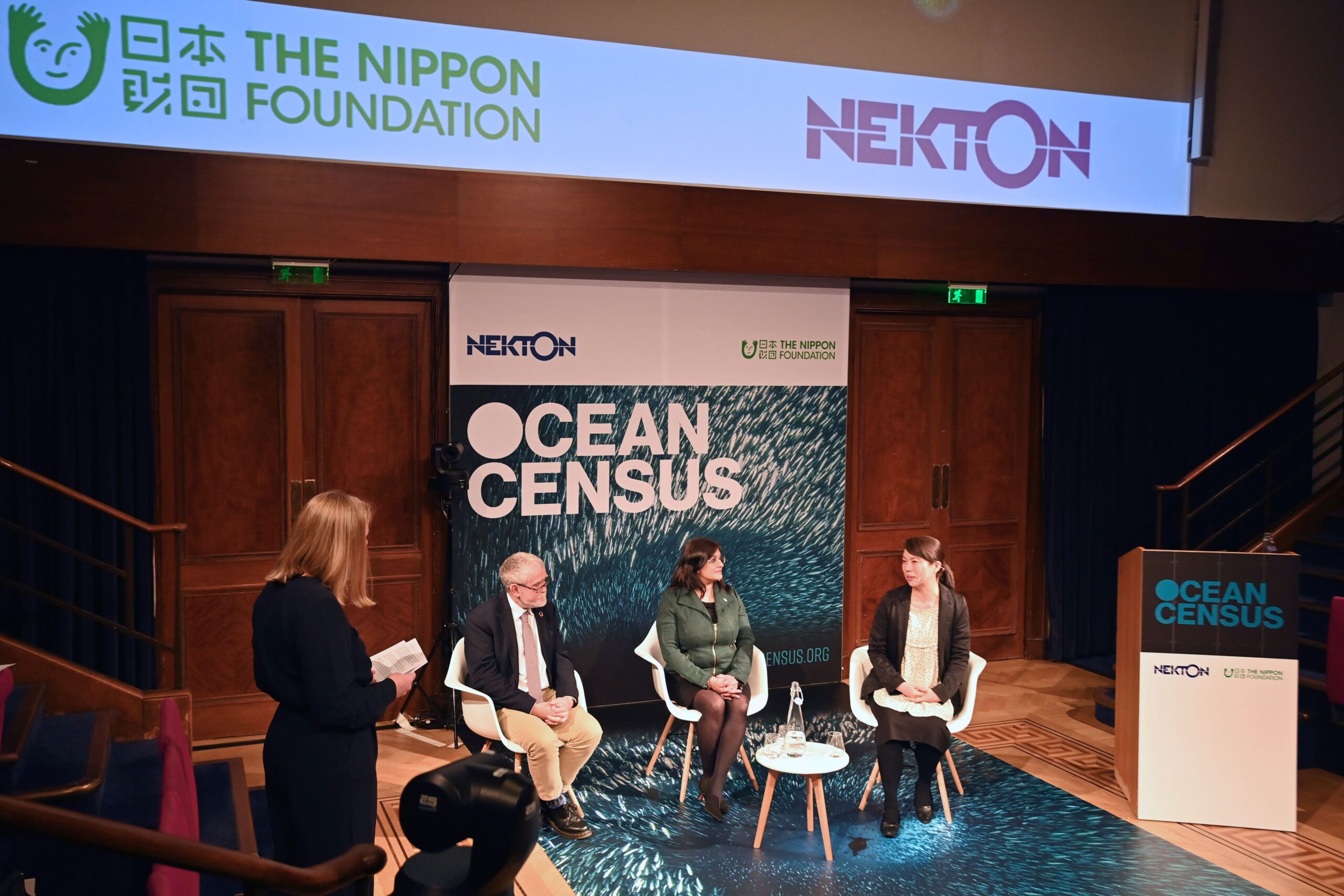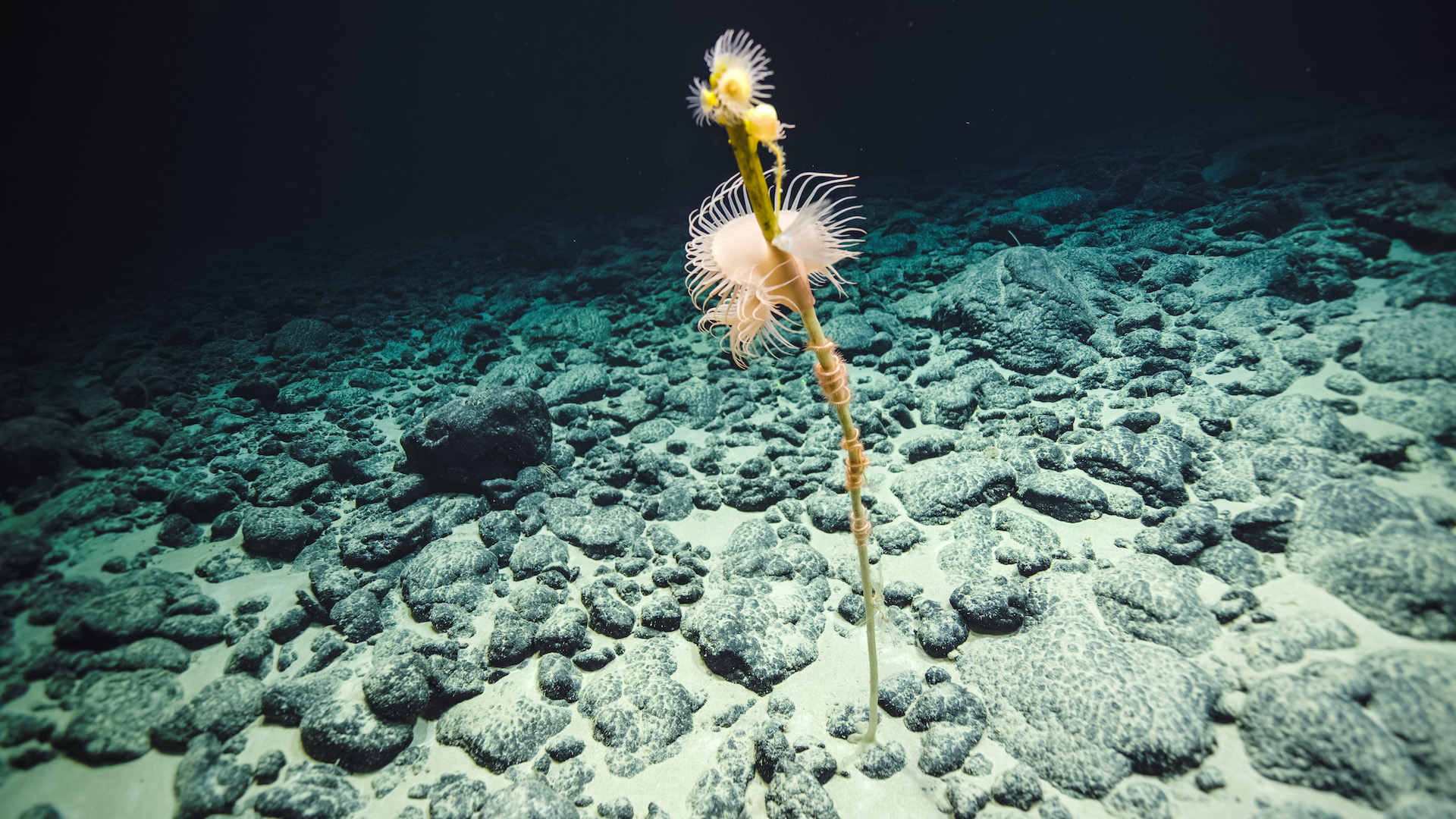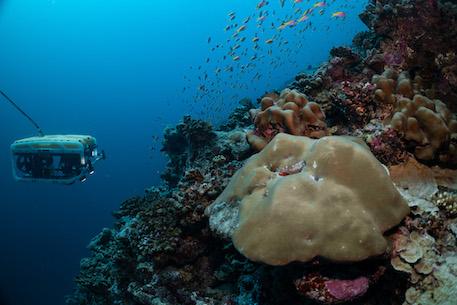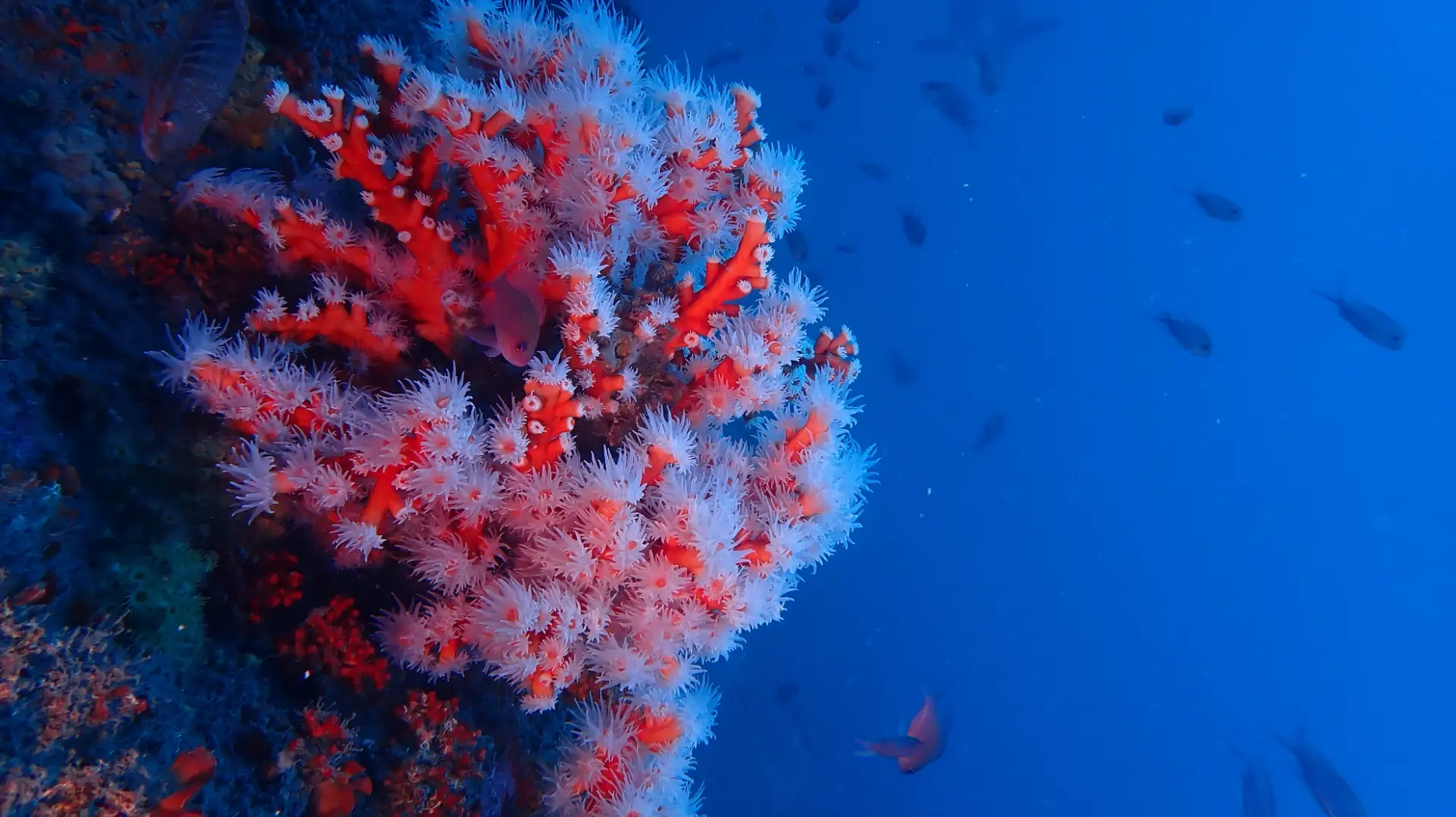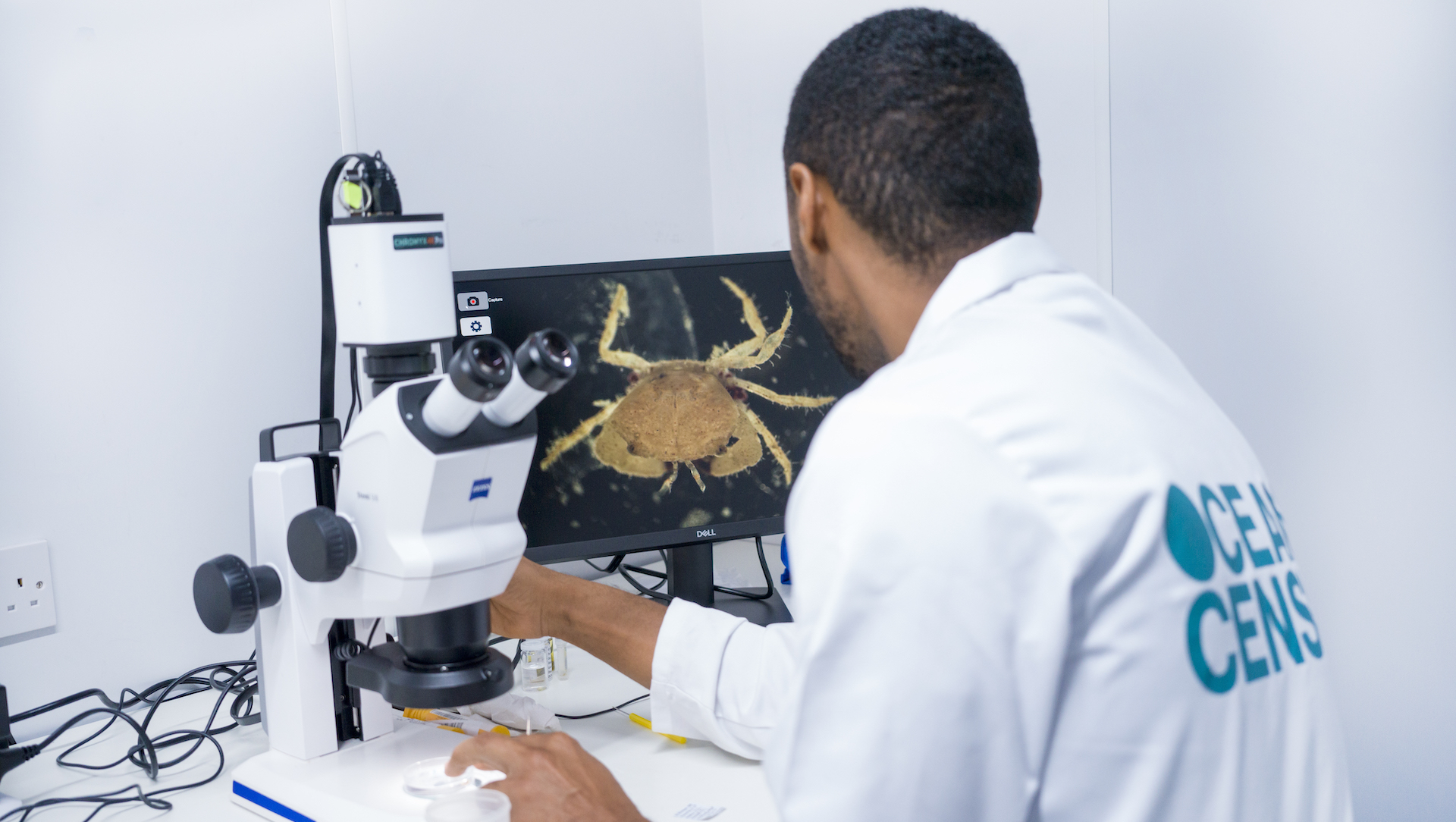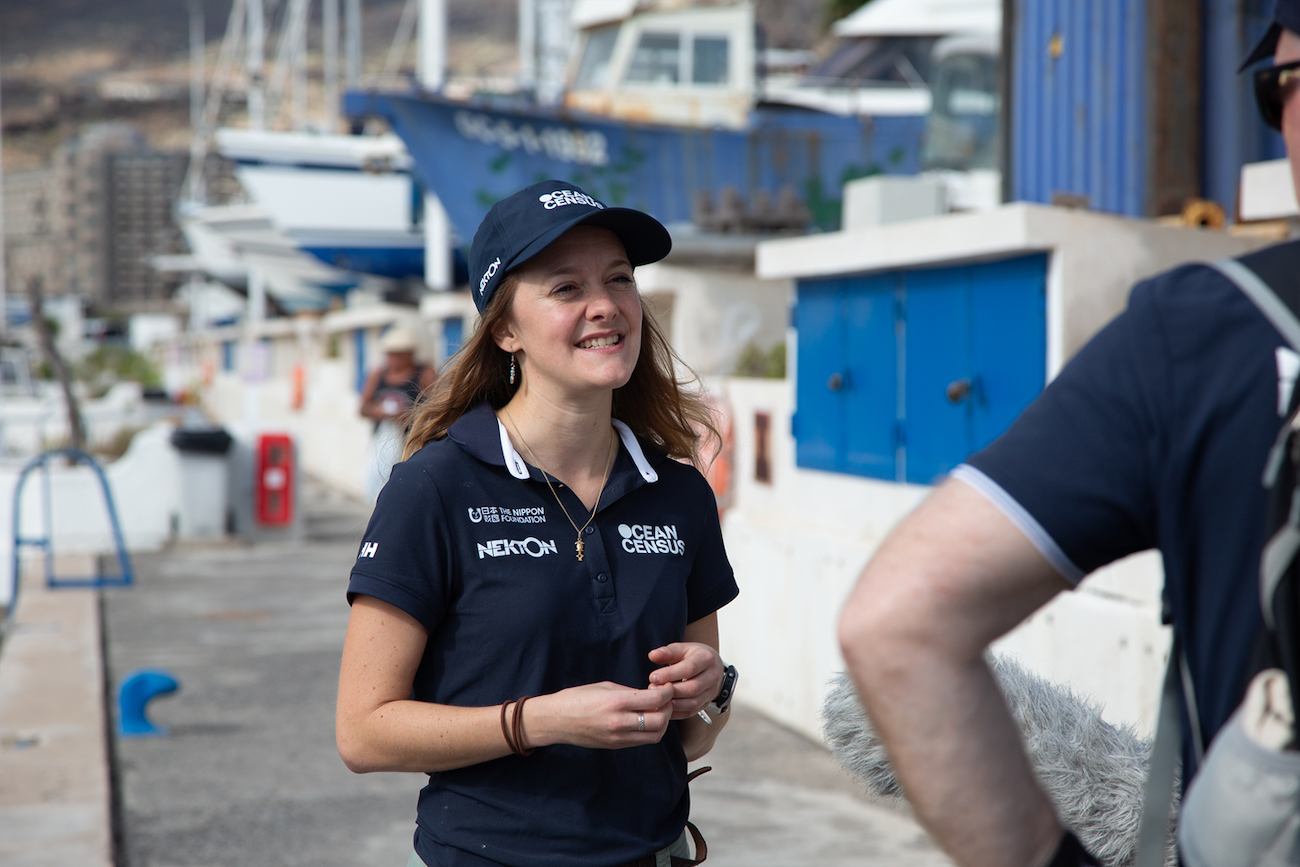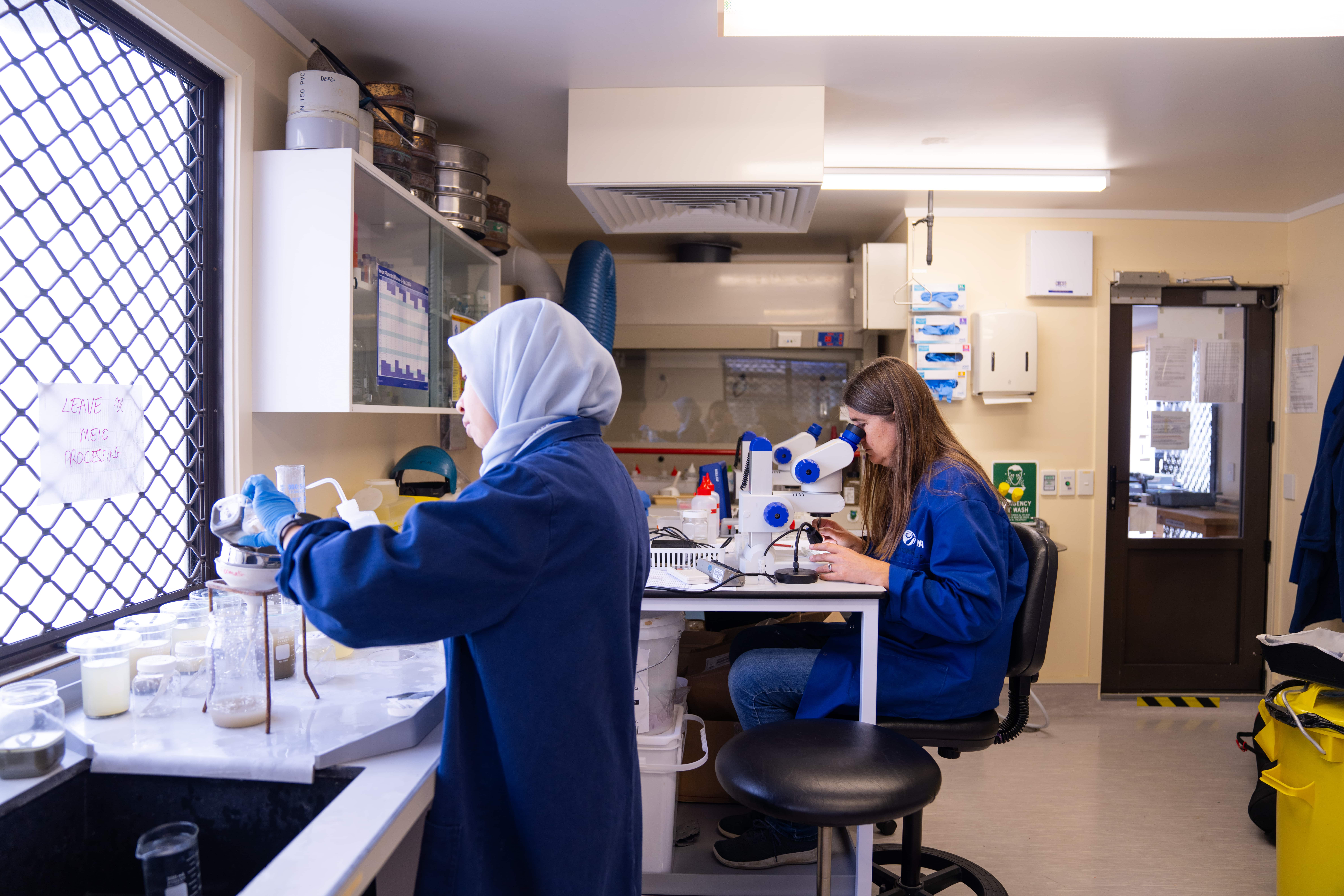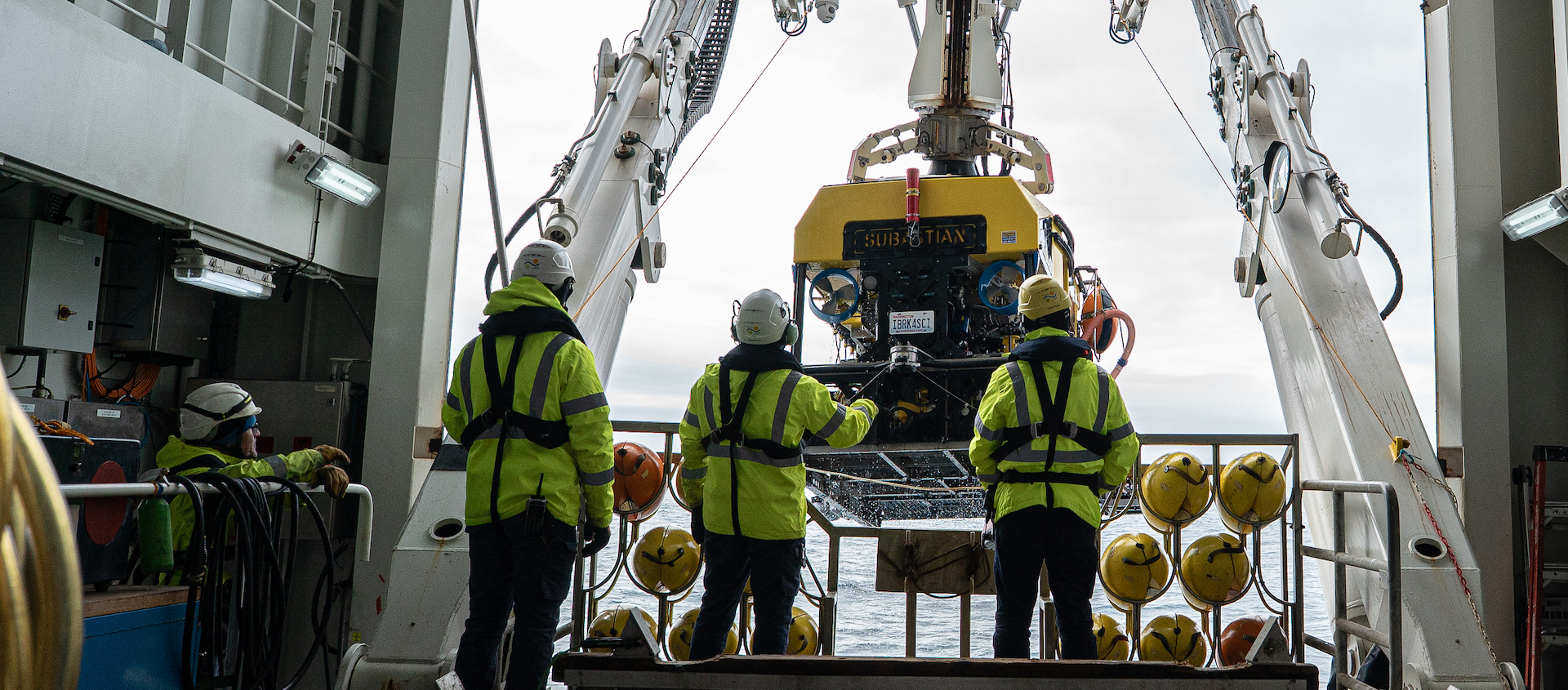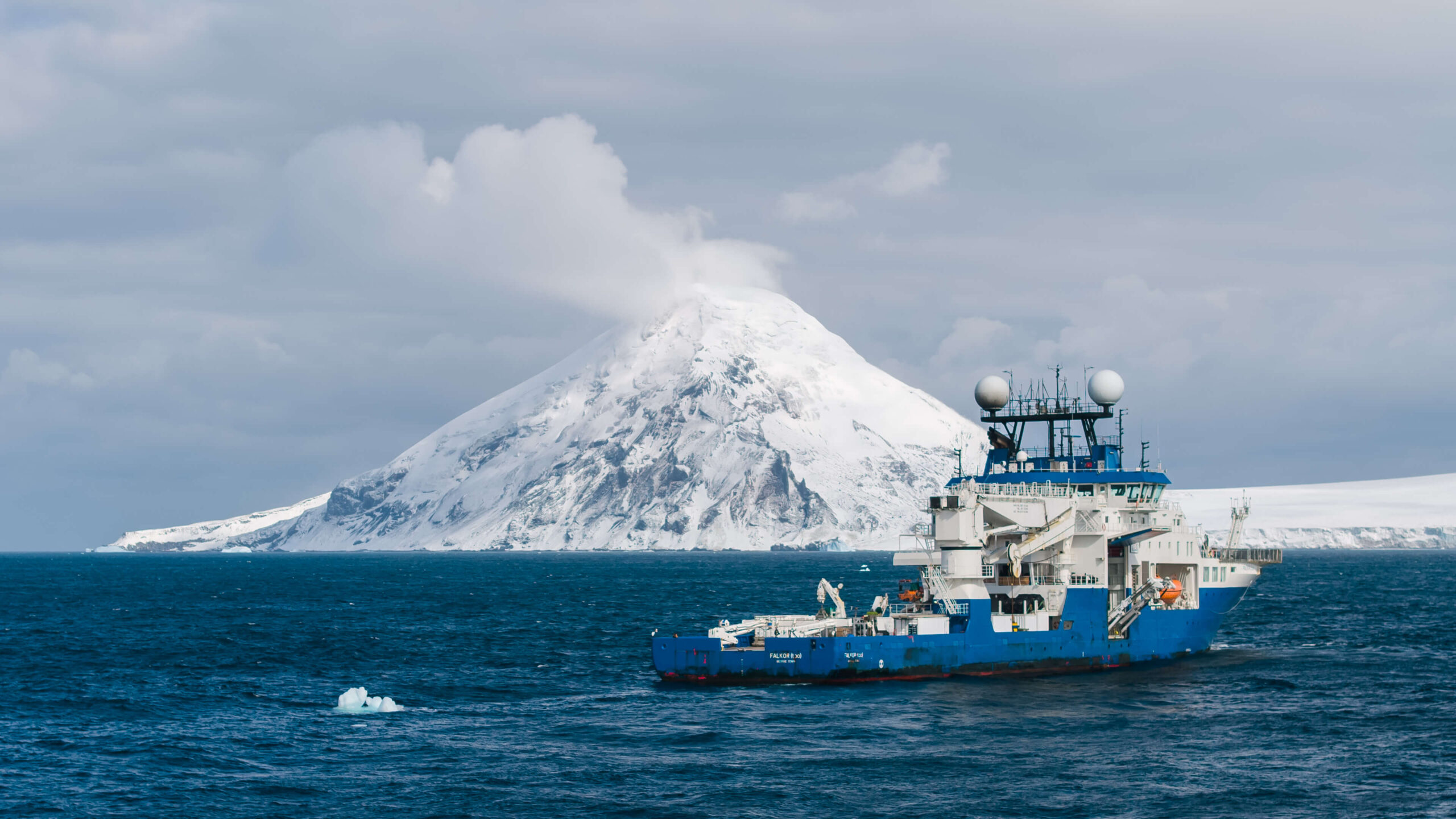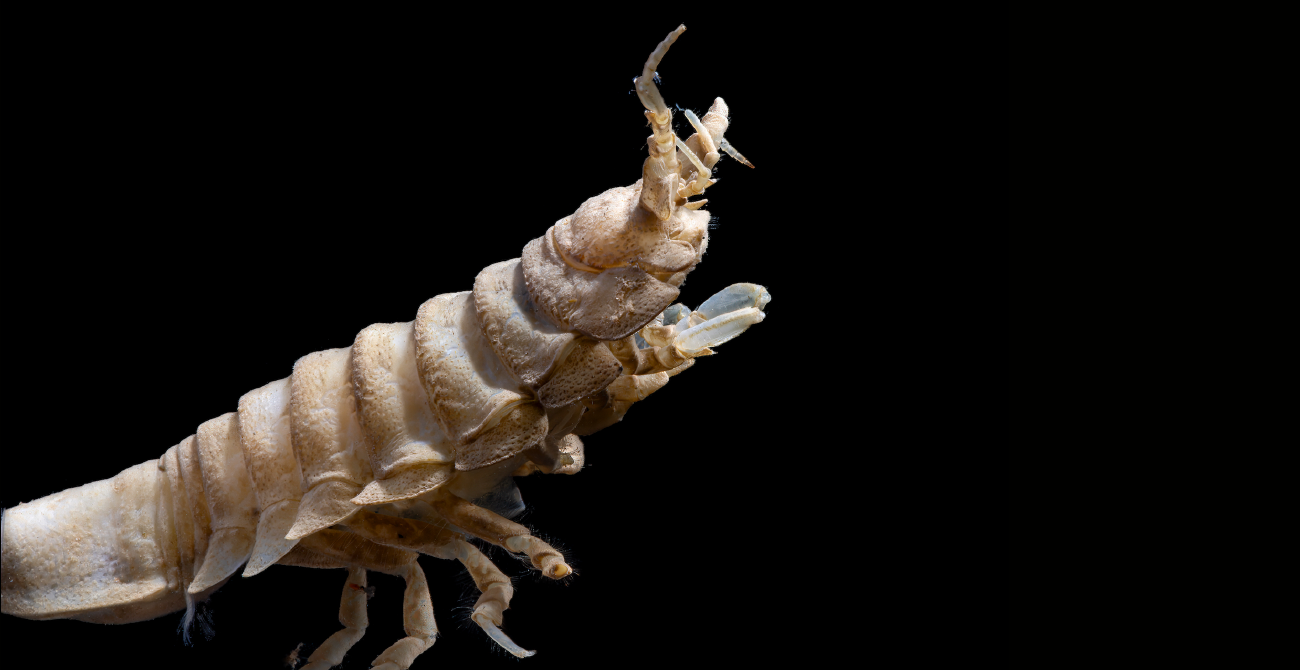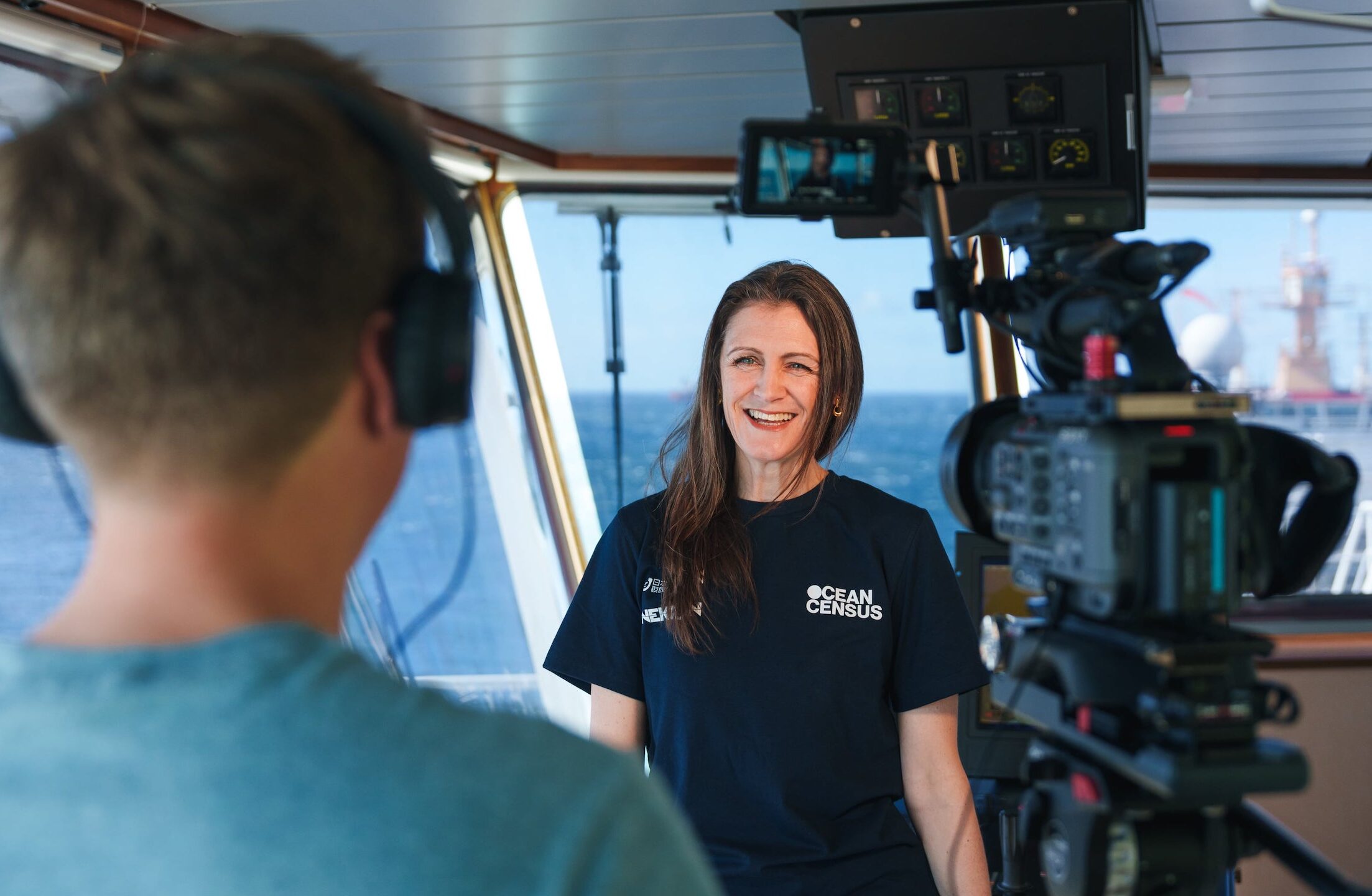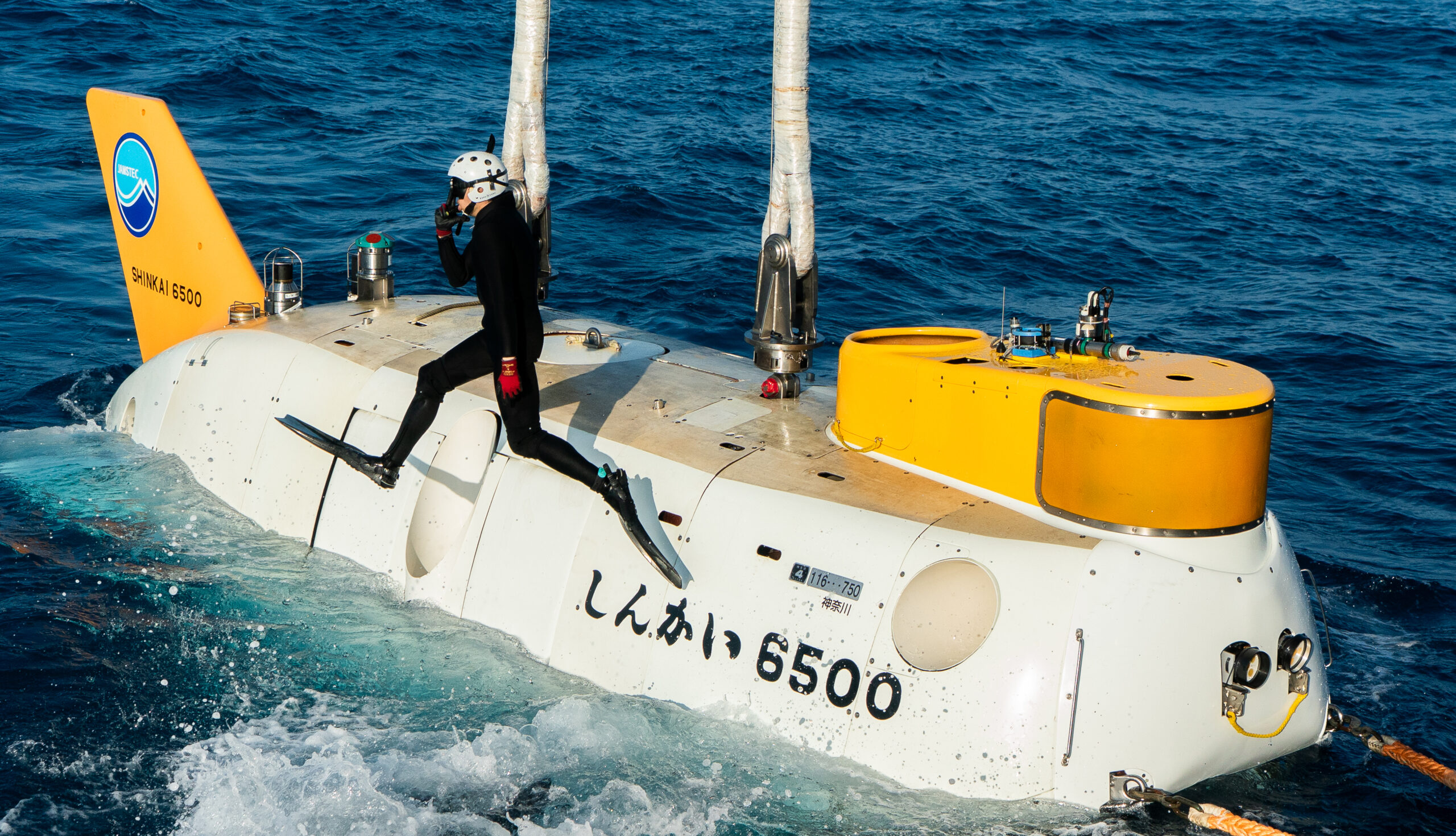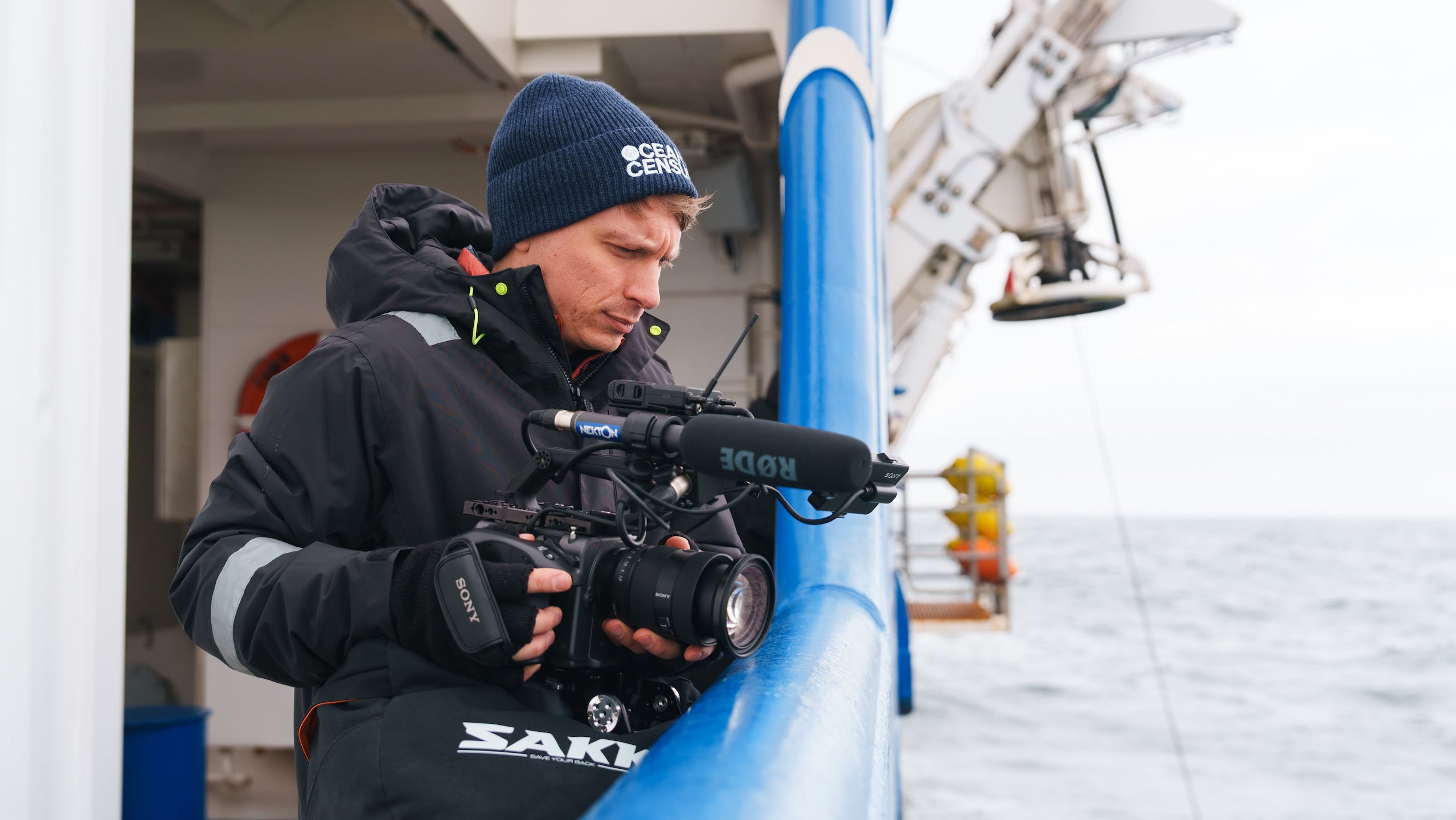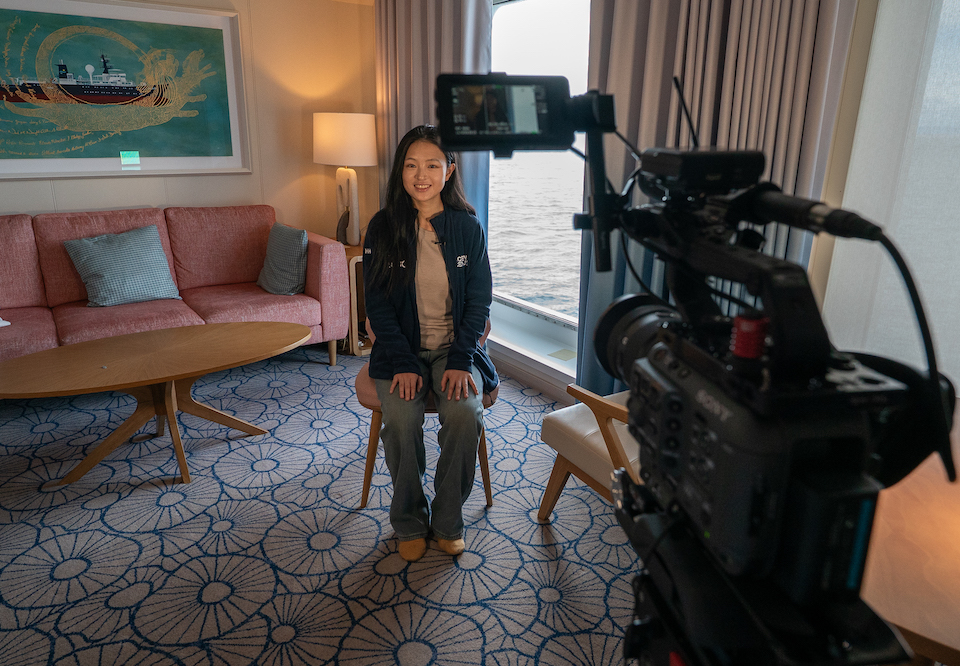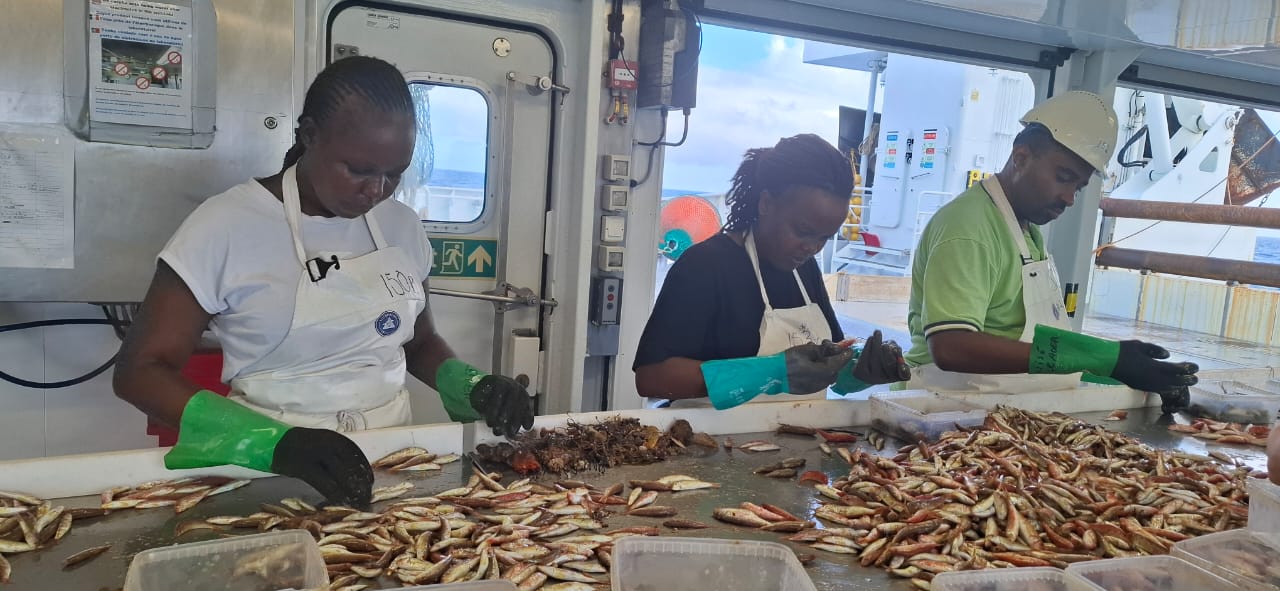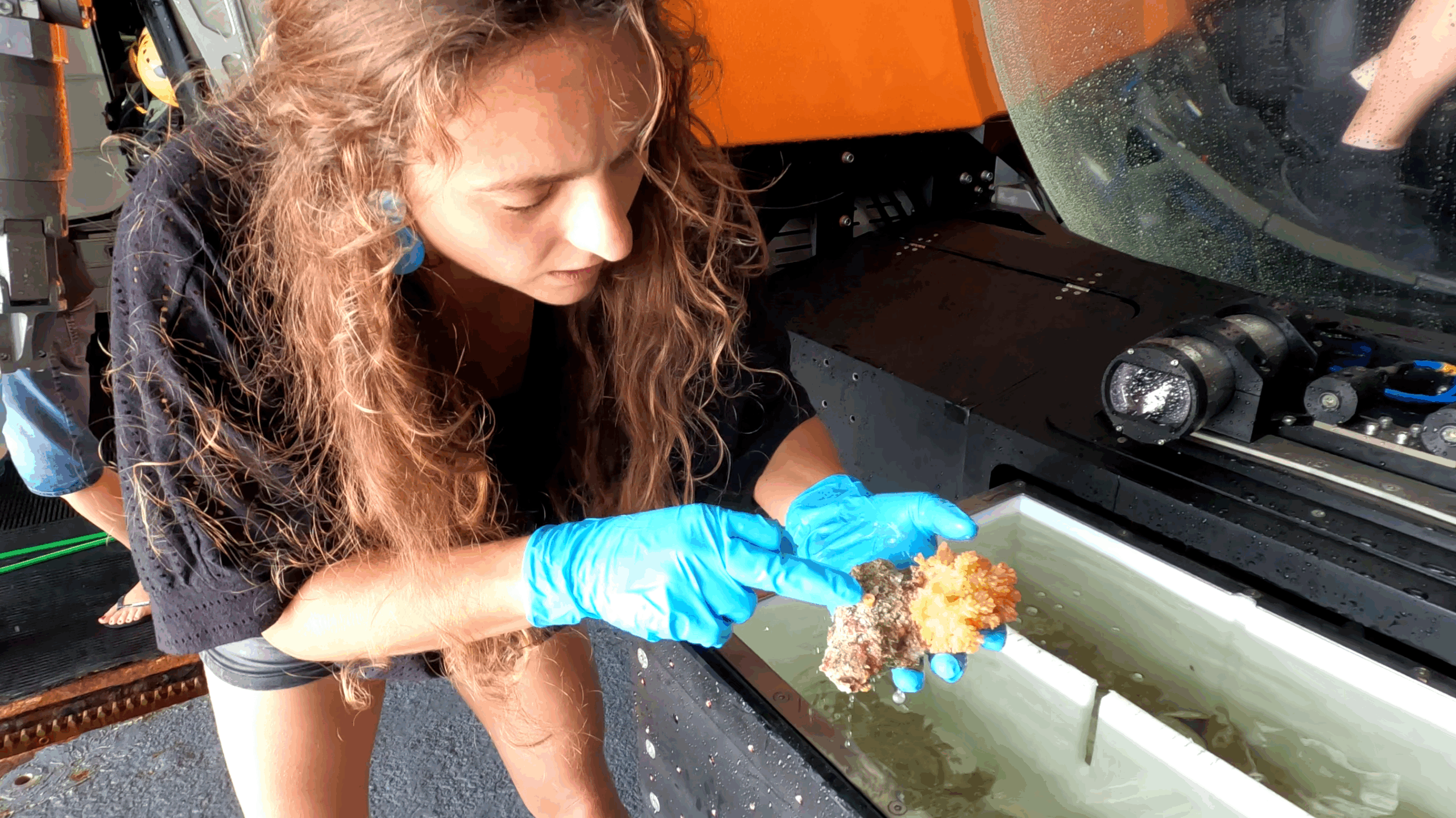

PRESS RELEASE: 20 suspected new marine species arise from Schmidt Ocean Institute’s Nazca Ridge Expedition

A growing number of Discoveries
This expedition focused on the Nazca Ridge, an underwater mountain range located 900 miles off the coast of Chile.
This voyage marked the third expedition this year to explore the Salas y Gómez and Nazca Ridges for the Schmidt Ocean Institute and its state-of-the-art research vessel, R.V. Falkor (too).
Earlier SOI expeditions in January and February 2024 revealed over 150 species previously unknown to science, along with many instances of animals being observed in new areas.
Before these SOI expeditions, only 1,019 species had been documented in this part of the Pacific Ocean. Thanks to these efforts, that number has now surpassed 1,300 and continues to grow.
The new findings will be submitted to the Ocean Census.
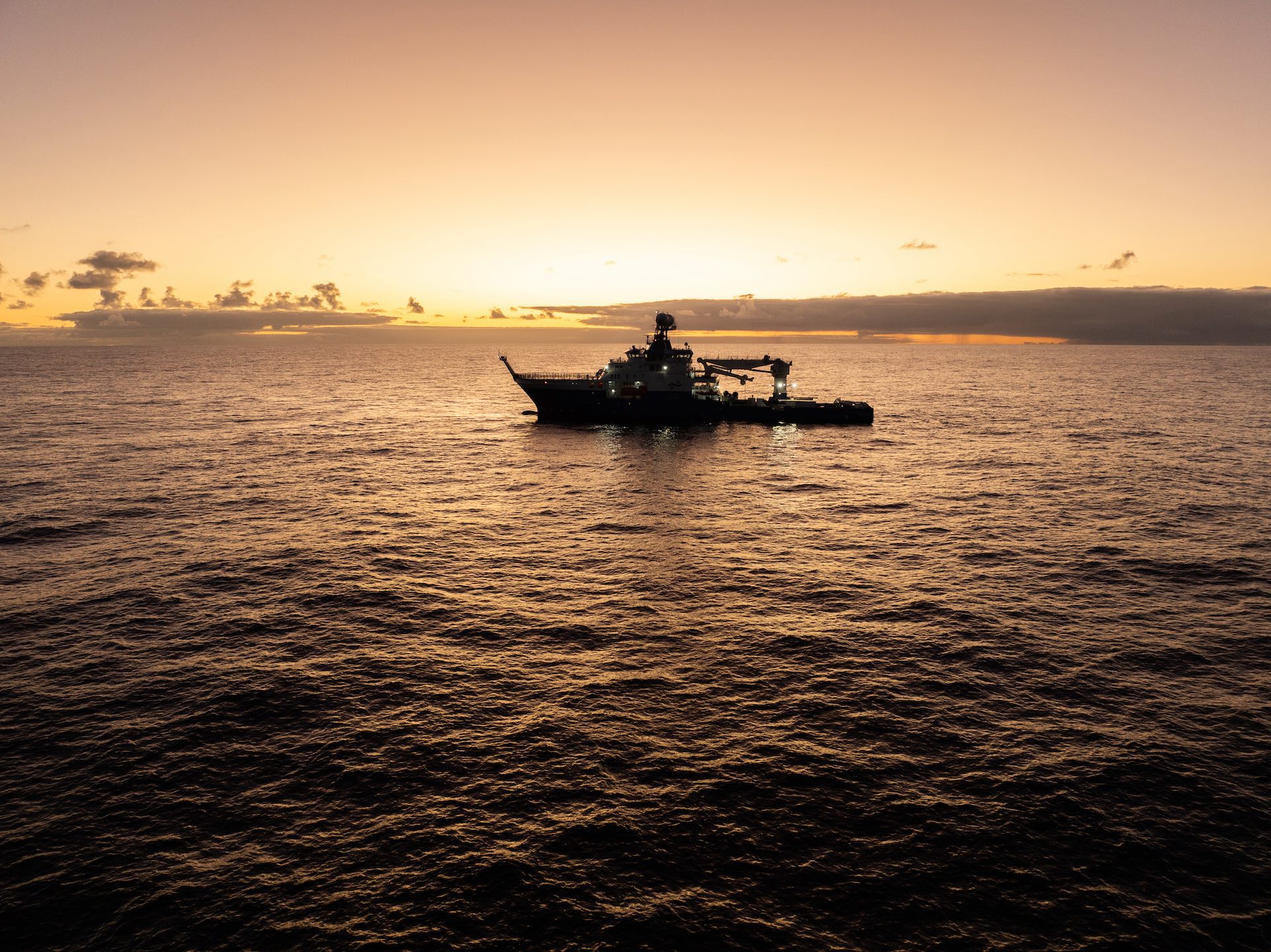
“The seamounts of the Southeastern Pacific host remarkable biological diversity, with species found nowhere else to date”
– Prof. Alex David Rogers, Science Director of The Ocean Census
Species Never Seen Before
The team on board SOI’s Falkor (too) successfully captured the first-ever footage of a live Promachoteuthis squid, a genus so elusive that only three species have been identified, with most specimens collected dating back to the late 1800s. Previously, the genus was known only from dead specimens retrieved from nets.
Additionally, the expedition documented a Casper octopus, marking the first time this species has been observed in the Southern Pacific. The team also encountered two rare Bathyphasa siphonophores, commonly referred to as flying spaghetti monsters.
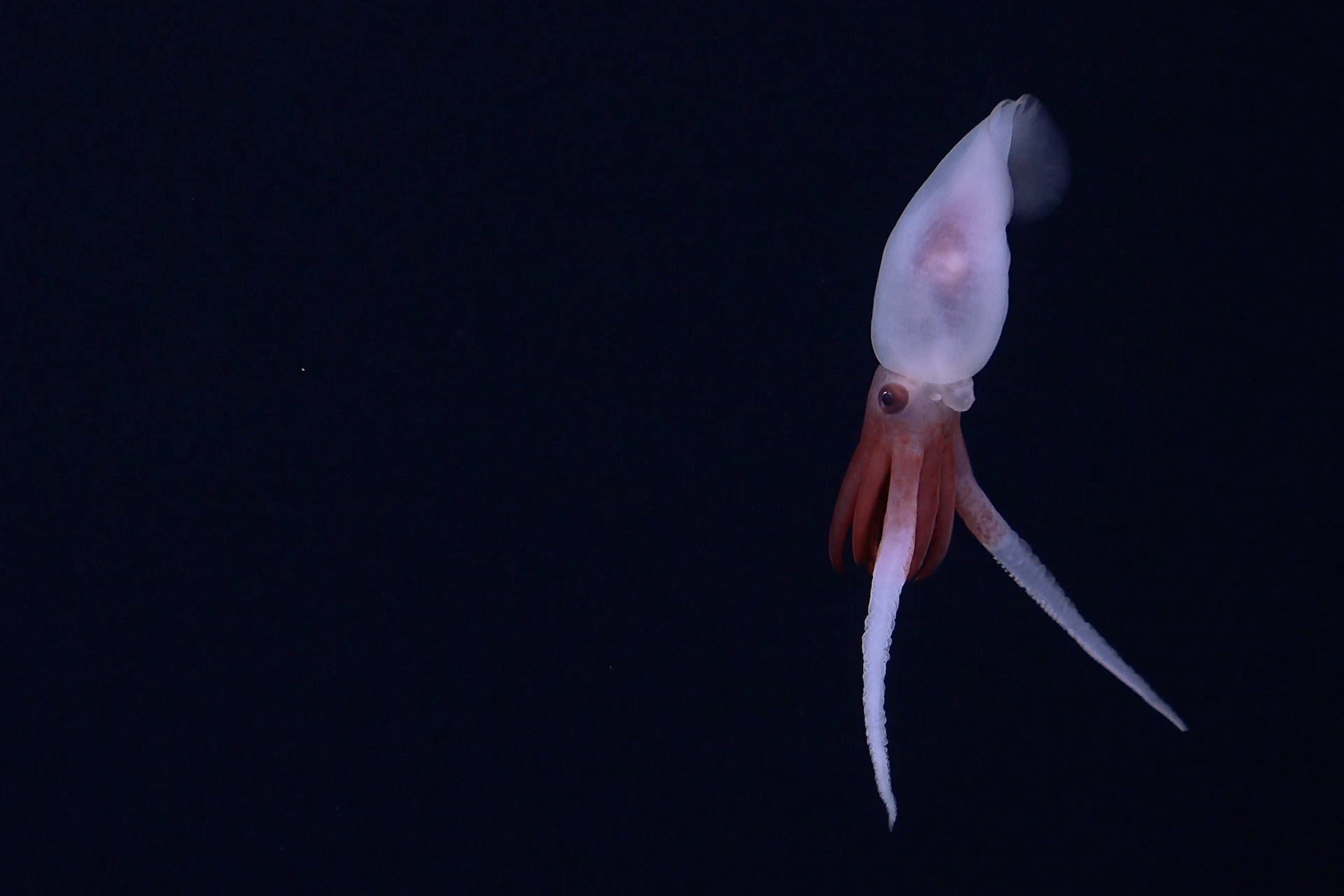


Mapping a New Seamount
The newly identified seamount, discovered during SOI’s Nazca Ridge expedition, stands over 1.9 miles tall, and hosts a vibrant deep-sea ecosystem.
During an exploratory dive, the team used an underwater ROV to document sponge gardens and ancient corals on one of its ridges.
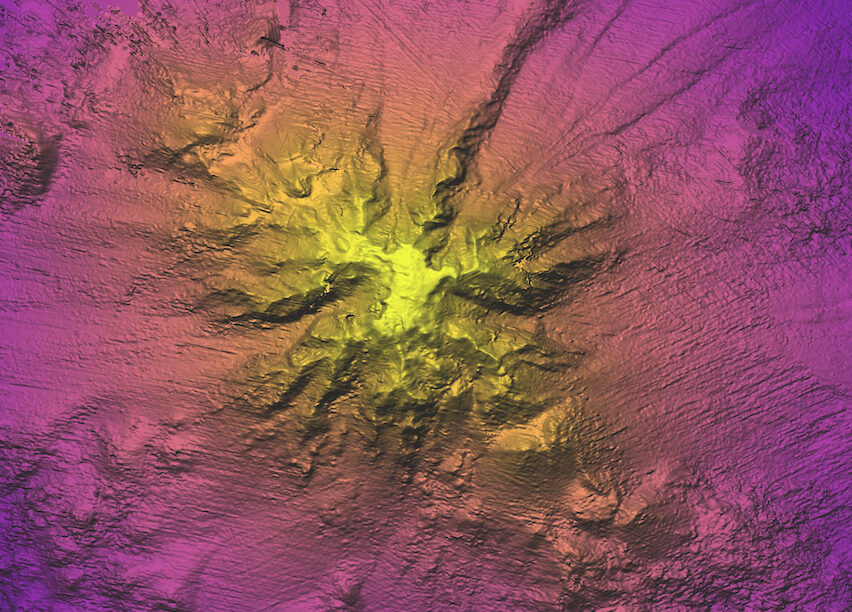
During this expedition, the science department discovered, mapped, and explored a new seamount with Remotely Operated Vehicle (ROV) SuBastian. The seamount covers an area of about 70 sq km. The summit depth is 994m and the base is at 4,103m giving it a prominence of 3,109m over the surrounding seafloor. Hydrographic experts used the Research Vessel Falkor (too)'s EM124 multibeam echosounder to map the seamount, located 700 nautical miles west of Chile in international waters. The ship's crew has proposed a name currently under review with the GEBCO Subcommittee on Underwater Feature Names. Credit: Schmidt Ocean Institute Due to our legal status as a 501(c)(3) private operating foundation, no media produced by Schmidt Ocean Institute may be used in attempting to influence legislation or lobbying. Additionally, all visual assets (Images, videos, etc) can only be used as stated by creative commons Attribution-NonCommercial-ShareAlike CC BY-NC-SA Attribution — You must give appropriate credit, provide a link to the license, and indicate if changes were made. You may do so in any reasonable manner, but not in any way that suggests the licensor endorses you or your use. NonCommercial — You may not use the material for commercial purposes. ShareAlike — If you remix, transform, or build upon the material, you must distribute your contributions under the same license as the original. https://creativecommons.org/licenses/by-nc-sa/4.0/

“The work our taxonomists have conducted aboard Falkor (too), supported by the Schmidt Ocean Institute team, will significantly enhance our understanding of the distribution of remarkable life forms on these underwater mountains, including several that have never before been mapped or seen by human eyes.”
– Prof. Alex David Rogers, Science Director of The Ocean Census
Thank you to the Schmidt Ocean Institute for collaborating with the Ocean Census Science Network scientists to join this incredible expedition.
Your support has made it possible for these dedicated researchers to conduct groundbreaking work that deepens our understanding of this crucial region.
Expeditions
Ocean Census is enabling field research expeditions globally, helping scientists to operate from the surface to full ocean depth and capture, digitise and preserve ocean life.
We work dynamically with our Alliance, host nations, scientists and institutes to get specialists from our Science Network where they need to be, and provide the advanced technology and support they need.

Related News
Join the census
The Ocean Census Alliance unites national and philanthropic marine institutes, museums, and universities, backed by governments, philanthropy, business and civil society partners.
